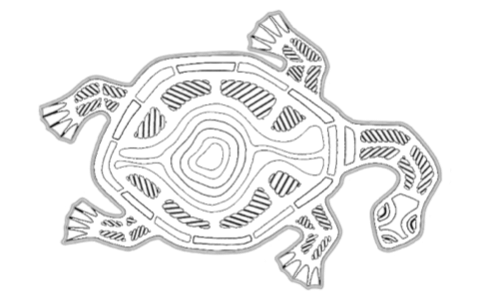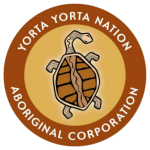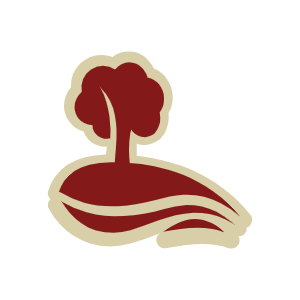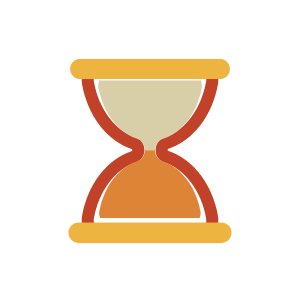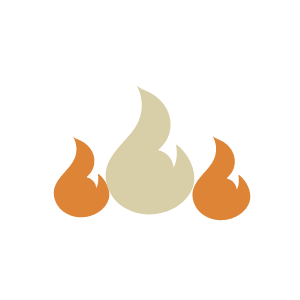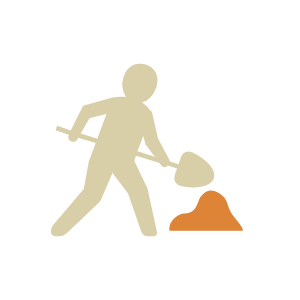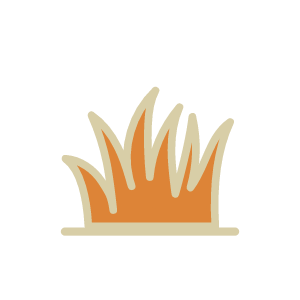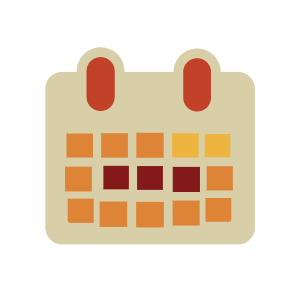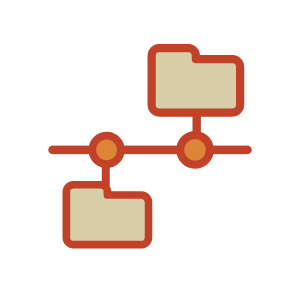YORTA YORTA HISTORY
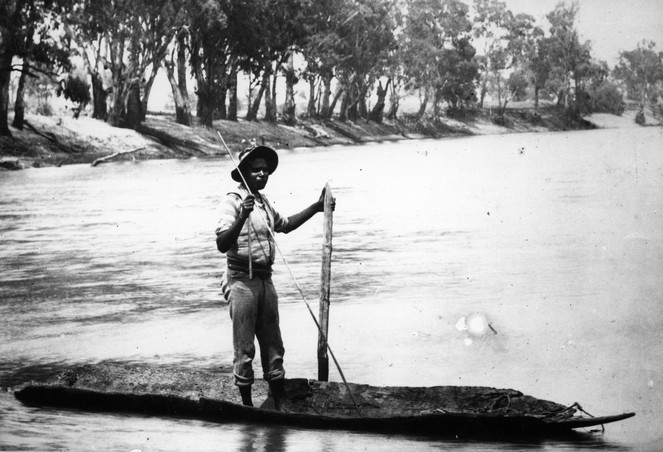
The Yorta Yorta people occupy a unique stretch of forest-wetlands that are located in what is now known as the central Murray – Goulburn region. Our lifestyle and culture was based on hunting, fishing and collecting food from the variety of food sources provided by the ancestral lands.
Being river based people however, most of our time was occupied by fishing, as the majority of food that was provided came from the rich network of rivers, lagoons, creeks, and wetlands which are still regarded as the life source and the spirit of the Yorta Yorta Nation. The now irregular floods that occur in this region are regarded by Yorta Yorta people as necessary for the replenishment of the natural food sources and for the survival of the forest-wetlands for the enjoyment of future generations. The survival of the ancestral lands is equally important for the continuity of Yorta Yorta peoples timeless connections with what they believe is theirs by inherent right and with what they continue to assert is something that ‘always was and always will be Yorta Yorta land’ — nothing will ever change that reality for the Yorta Yorta.
The arrival of Europeans, however had a devastating impact on traditional groups such as the Yorta Yorta. Within the first generation of the European invasion, the Yorta Yorta population of some 5-6000 was reduced by 85 per cent. All indications at that time, particularly when viewed against the extent of destruction, is that we would eventually be wiped out as a distinct cultural group. Our ability to endure these forces and to survive as a people is an amazing example of the strength and courage of our ancestors, and a sad reflection on the mindset and brutality of the perpetrators of the scale of destruction that took place within such a short period of time.
The remaining Yorta Yorta population and other tribal groups from neighbouring areas were eventually relocated at Maloga Mission on the New South Wales side of the Murray River in 1874. Maloga was eventually closed and the residents were relocated at Cummeragunja Mission in 1888-9 which became the place where the Yorta Yorta were able to regroup after the destruction that took place. It also provided a base for the development of what became the Aboriginal political movement in the 1930s led by some of Australia’s outstanding Indigenous political leaders like Uncle William Cooper and many others.
A small group of Yorta Yorta people being consciously aware of the legacy of colonisation were active in setting up the first Aboriginal organisations in Australia. These organisations, such as the Aborigines Progressive Association in Sydney in 1937, and the Australian Aborigines League in Melbourne in 1932, were responsible for raising the awareness of the general community to the plight of the Aboriginal people. They demanded that Aboriginal people be given full citizenship rights, including the right to land, self determination and the right to retain their own unique cultural identity. Social justice and equity were a major part of their policy objectives and the issue of land rights and compensation were at the forefront of their struggle (Horner, 1974:75-80).
Other political activity in this period which involved Cummeragunja residents was the 1939 walk off in which the majority of residents packed up and ‘walked off’ in protest against the living conditions, the leasing of most of the reserve land to a European, and the oppressive laws of the reserve system (Bennett,1991:5).
Whilst Cummeragunja residents were active on the broader front they also fought their own struggle at the local level, and between the periods of 1860 to the present they have been continuously demanding land and compensation for the past injustices they have suffered.
As early as 1860 members of the Yorta Yorta demanded compensation from the Victorian authorities for the destruction of their natural fishing areas by paddle steamers. The demand was for a tax of 10 pounds ($20) to be imposed on each steamer passing up and down the river to be expended in supplying food to the natives in lieu of the fish which had been driven away (Victorian Aborigines Protection Board, 1861:19). These demands were obviously unsuccessful, but it does illustrate that as early as 1860 the Yorta Yorta ancestors were well aware of their inherent rights and were quick to exercise them.
Between 1860 and 1994 there were approximately 18 separate attempts to claim land and compensation by the Yorta Yorta community. The only land that has been returned is 1,200 acres of the former Cummeragunja Reserve, which was originally 2,965 acres. This land was granted to the Yorta Yorta by the New South Wales Government under its Land Rights Act, 1983. The land was granted as inalienable freehold title, but when measured against the traditional Yorta Yorta territories, it amounts to a tenth of 1 percent of the traditional lands of some 20,000 square kilometres.
The Yorta Yorta continued to assert their inherent rights and have shown through oral, documentary, and material evidence, that their social, spiritual, economic and cultural links with the area have never been broken. No Tide of History as it was used to deny the Yorta Yorta their native title claim will ever wash away the long and continued connections that the Yorta continue to hold with their ancestral lands (Yorta Yorta Land Claim, 1984:1).
The formal structure of representation for Yorta Yorta rights and interests in their ancestral lands has been an evolving process. It grew out of previous structures that were established in the 1930‘s through the following organisations:
The Aborigines Advancement League, AAL is an overarching mother organisation that was established in the 1930‘s by Yorta Yorta activists of the caliber of William Cooper, Sir Doug Nichols, Marj Tucker, Geraldine Briggs and Shadrach James. It lodged a claim for the Barmah Forest on behalf of the Yorta Yorta in 1975 which was pushed aside by the Victorian Government.
The Yorta Yorta Tribal Council, YYTC took over the work of the Advancement League and was formally established at a meeting held in the Barmah Forest around an old river red gum log in 1983. It made another claim for the Barmah Forest in 1984 under the Cain Government‘s Victorian Land Rights Bill, 1984 which didn‘t get up because of the liberal/national party controlled upper house-see symbolic log where first meetings took place opposite Dharnya Centre.
The Yorta Yorta Tribal Council was superseded by the Yorta Yorta Clans Group, YYCG in 1989, and broadened its representation to encompass other areas of traditional Yorta Yorta land, including waters, cultural heritage, and the environment.
The Clans Group has since been replaced by the Yorta Yorta Nations Aboriginal Corporation, 1999, YYNAC which continues to represent Yorta Yorta interests within their traditional jurisdiction.
Today the YYNAC carries forward the holistic approach to dealing with matters relating to all aspects of the traditional territories and cross border issues.
Dr Wayne Atkinson
Yorta Yorta Elder
